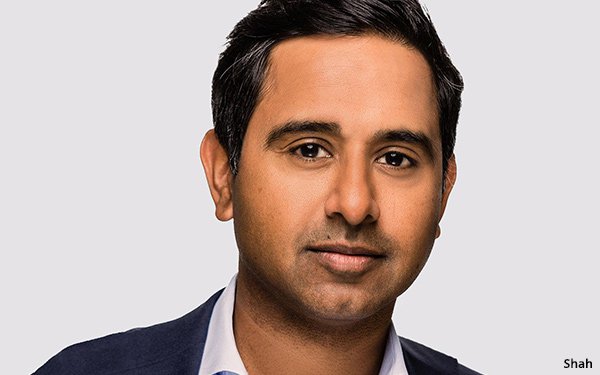
Ziff Davis, which has been on a decade-long
buying spree, looks for one key asset when evaluating candidates for purchase: cash.
“We’ve always been focused on profitability, margin, free cash flow,” said CEO
Vivek Shah during a webinar on Tuesday, conducted by Madison Alley. “That’s never changed.”
It must be working, for Ziff Davis has completed $2.8 billion of deployed
acquisitions, 80 in all, including of itself. And it has $600 million on its balance sheet.
“It’s not enough to be a good business or a good investment,” Shah says of
potential purchases. “We need to have a unique clear path to creating value.”
And that is “cash on cash return—we’re not buying for
subjective reasons or because we like a brand.”
advertisement
advertisement
When Shah entered Ziff in 2010, the company had 70 employees and one brand, PC magazine. And it was in bankruptcy, a
victim of digital disruption.
Shah structured a deal to buy the firm from its lenders, and it was acquired two years later by J2 Global, then it took over the parent.
Today, Ziff Davis has nearly 5,000 employees and $1.4 billion of revenue. And it has spun off J2, which is now called Consensus Cloud Solutions Inc.
At a high level, Ziff Davis buys and operates companies that produce both content and software to help firms and people navigate the shift to digital. It thrives on
the “data exhaust” that emanates from successful digital brands.
The firm owns titles in the shopping, technology, entertainment (largely gaming), health
& wellness, cybersecurity, and martech verticals.
Having such a diversified portfolio is “a real strategic advantage,” Shah said. “Both the risks
and the opportunities are fairly well distributed.”
But like many publishers, Ziff Davis has had to answer these questions: “How do you leverage large-scale media audiences
to drive customer acquisition. How do you bring content and audiences to subscription-based businesses?”
Ziff Davis is now 60% ad-supported, and 40%
subscription-based. and is in good shape despite a flat second quarter, while focusing on “large addressable markets, characterized by great growth rates, where the forces of
digitization are being felt most strongly,” Shah explained.
He continued that the sectors have been “moving in tectonic shifts from analog to digital.” But “this
shift is multi-decade, still in early stages in so many industries. These forces can destroy companies, but also can create incredible value.”
Ziff Davis is decentralized—brands
own their own balance sheets. And it's ad-revenue retentive. “It’s highly retentive—you can go into every period knowing you have a certain amount of revenue to rely on,” Shah
claimed.
Shah wryly noted that he really worked at only two places in his career, the other being Time Inc. He spent 15 years there, and called it a fantastic experience.
But he learned an important lesson.
Time’s role within Time Warner was to generate cash for the rest of the business. The trouble was that Time didn’t “own” its balance
sheet. It couldn’t use that cash flow to acquire firms and to transition the business from the printed model to digital.
That lesson now seems to underlies Shah’s central
business philosophy.
“All CEOs have one fundamental job, and it’s capital allocation,” Shah concluded.